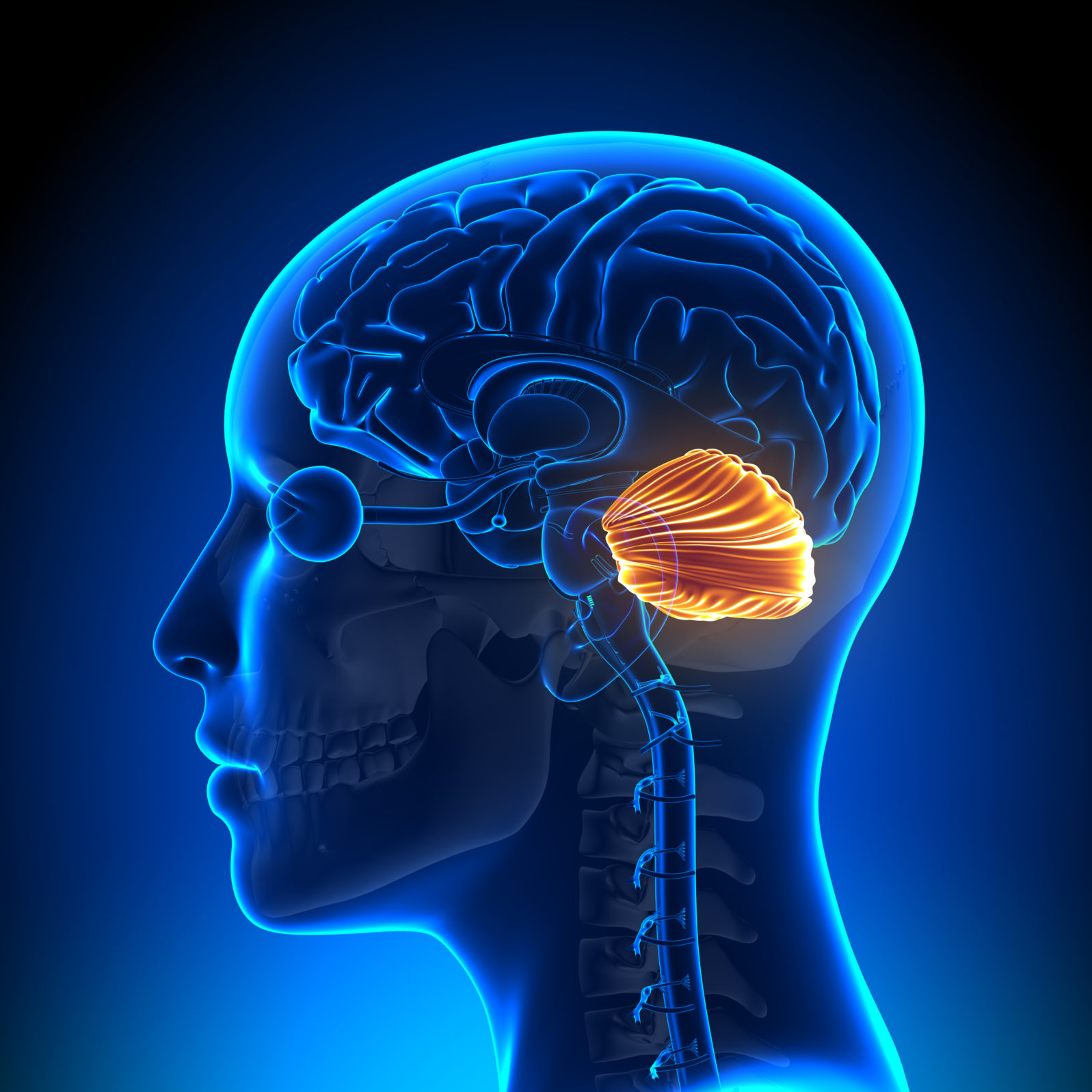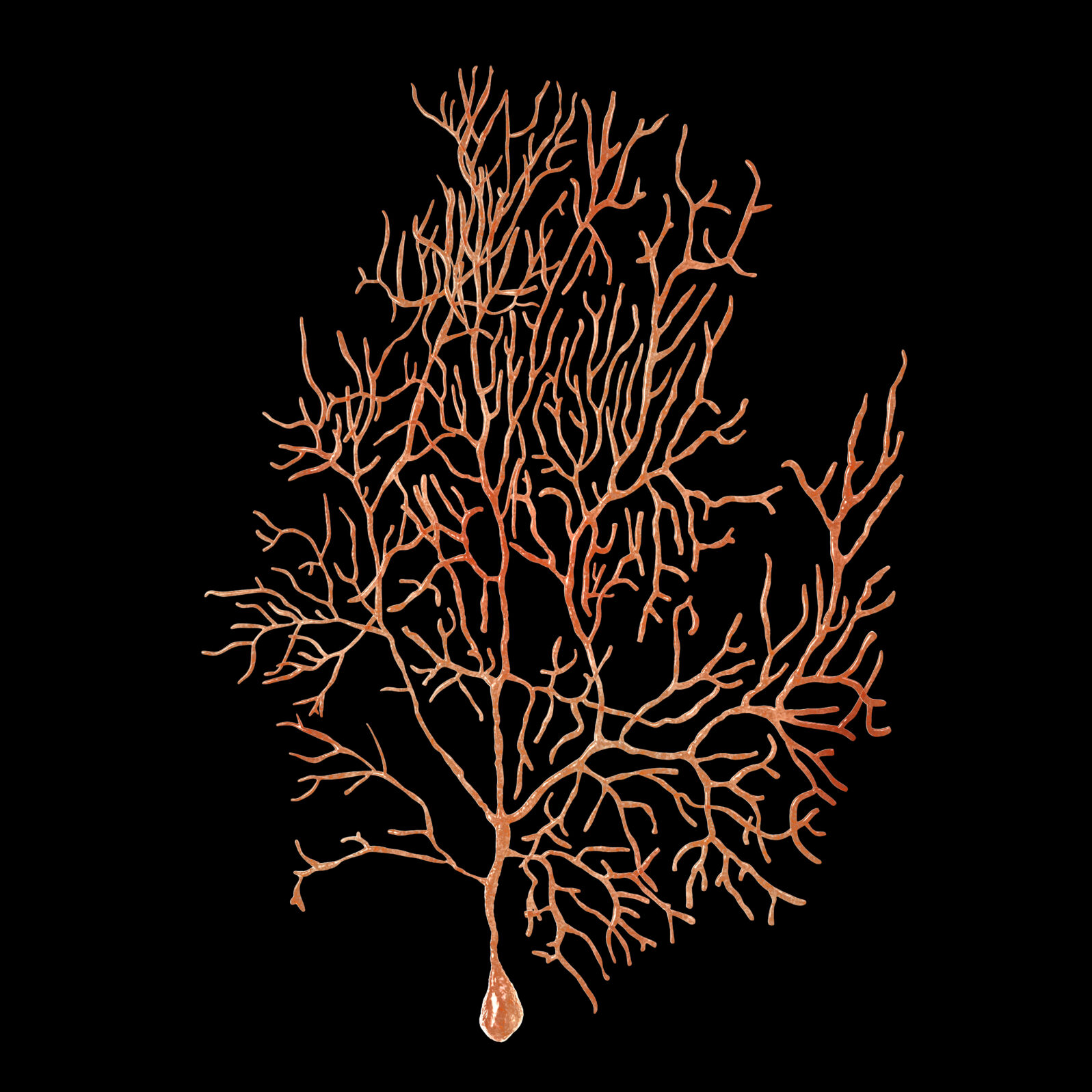Researchers: Human Cerebellum Aids Higher Cognitive Functions
At one time, the cerebellum was thought to facilitate only functions like movement. But recent research shows that it’s more complexThe cerebellum, a lower back brain part found in nearly all vertebrates, is vital for most physical movement, including eye movements. In the past, it was not thought to have much to do with thinking. But that is changing. Recent work publicized by the University of Heidelberg in Germany helps to show, for one thing, that the cerebellum’s relationship to the rest of the brain is more complex than that:

Although the cerebellum, a structure at the back of the skull, contains about 80 percent of all neurons in the whole human brain, this was long considered a brain region with a rather simple cellular architecture,” explains Prof. [Henrik] Kaessmann. In recent times, however, evidence suggesting a pronounced heterogeneity within this structure has been growing, says the molecular biologist. The Heidelberg researchers have now systematically classified all cell types in the developing cerebellum of human, mouse and opossum.
Newsroom, “Tracing the Evolution of the ‘Little Brain,’” University of Heidelberg, 29 November 2023. The paper requires a subscription.
It’s not wise to bet against complexity in the brain, even the “little brain,” as the cerebellum is sometimes called. Or to bet that no differences will be found between the human brain and, say, the mouse brain:
On the basis of these data the scientists noted that in the human cerebellum the proportion of Purkinje cells – large, complex neurons with key functions in the cerebellum – is almost double that of mouse and opossum in the early stages of foetal development. This increase is primarily driven by specific subtypes of Purkinje cells that are generated first during development and likely communicate with neocortical areas involved in cognitive functions in the mature brain. “It stands to reason that the expansion of these specific types of Purkinje cells during human evolution supports higher cognitive functions in humans,” explains Dr Mari Sepp, a postdoctoral researcher in Prof. Kaessmann’s research group “Functional evolution of mammalian genomes”.
‘Little Brain,’ University of Heidelberg
Note: The cell in the title graphic is a Purkinje cell.
Refreshingly, Dr. Sepp uses the term “supports higher cognitive functions.” She isn’t claiming that the higher proportion of Purkinje cells creates them. The higher proportion of cells that support such functions in preborn humans than in mice or opossums may help account for the readiness with which newborns are found to begin the basics of human language learning, based on prenatal hearing.
Some genes with cell-type-specific activity profiles were the same for all three species, which suggests that these genes govern pretty basic things. But over 1,000 genes’ activity profiles differed between human, mouse, and opossum.
Generally, research today tends away from the traditional view that the brain is highly compartmentalized, like a machine. Comprehending and using language, for example, depends on functions distributed throughout the brain. So it should not be surprising if the human cerebellum plays a role in higher cognitive function.
You may also wish to read: New function for our brains’ cerebellum: Emotional memory. Memory is all immaterial information. But very different types of information. Researchers found that the cerebellum handles a lot of emotional memory. If a number of brain regions are affected by traumatic memories, recovery may be prolonged. “Aw, get OVER it!” will be even less useful advice.
